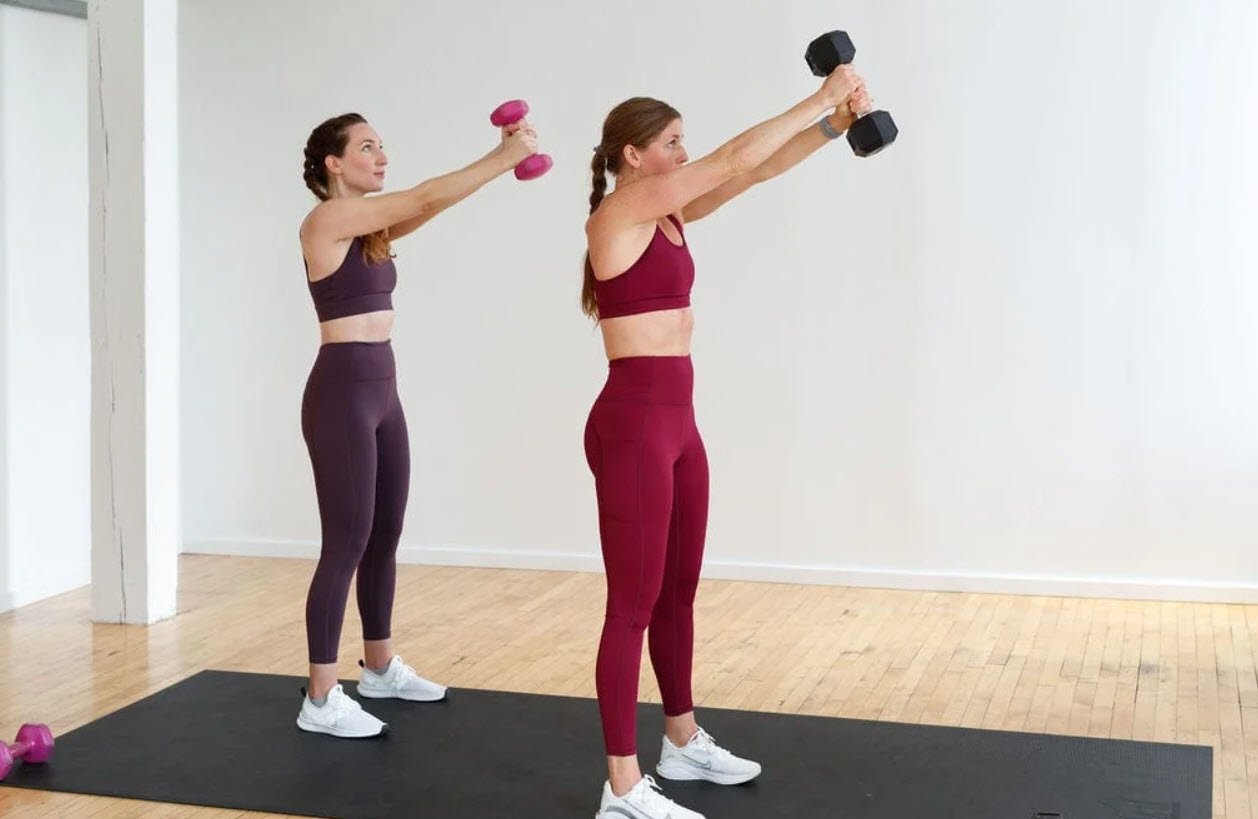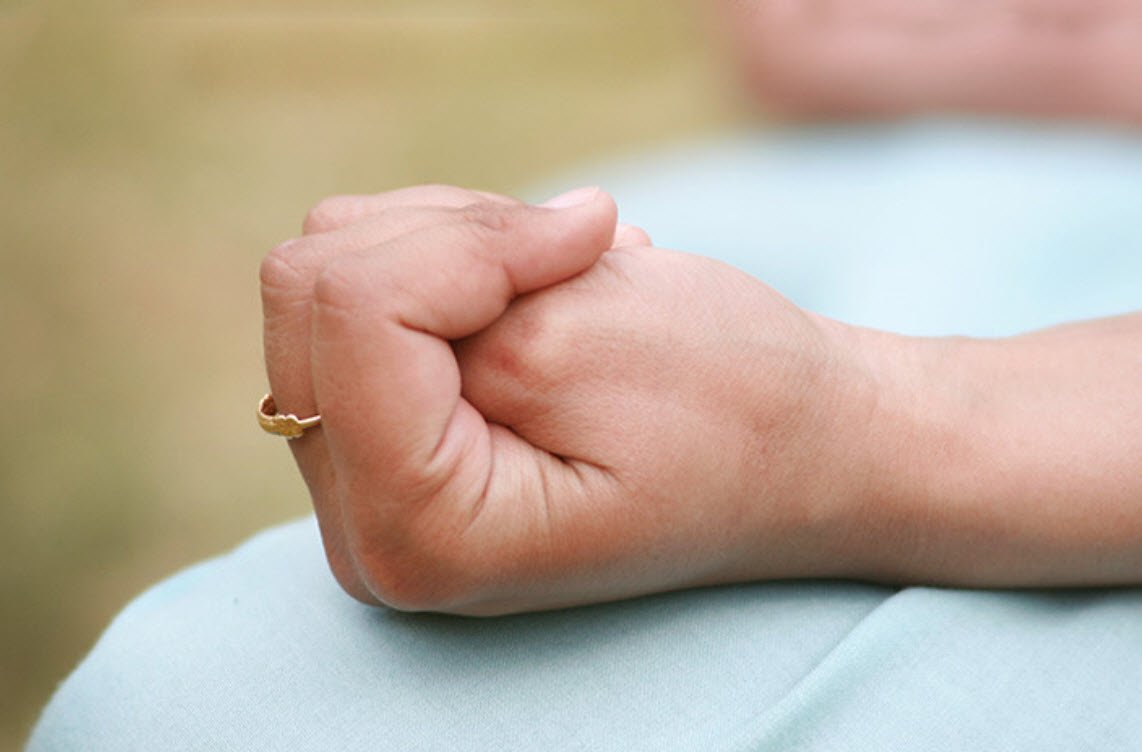
Meditation is a practice that involves focusing the mind and calming the body to improve mental and physical well-being. There are many different forms of meditation, including mindfulness meditation, mantra meditation, and body scan meditation.
To practice meditation, you can find a quiet, comfortable place to sit or lie down and simply focus your attention on your breath or a particular phrase or image. As your mind wanders, simply return your focus to your breath or chosen focus point.
Meditation can be practiced for just a few minutes a day, or for longer periods, and it is a great way to reduce stress and improve overall mental and physical health. It is important to be patient and kind to yourself as you learn to meditate, and to not get discouraged if your mind wanders. With practice, meditation can become an important tool for cultivating inner peace and well-being.
Below are the steps to start meditation:
- Breath
- Emotions
- Eyes
- Arms/hands
- Legs/feet
- Time
1) Breath
Breathing is a fundamental aspect of meditation, and can be a helpful tool for calming the mind and reducing stress. To start meditating using breath, you can find a quiet, comfortable place to sit or lie down and simply focus your attention on your breath. You can breathe naturally and deeply, paying attention to the sensation of air moving in and out of your body.
You can count each inhale and exhale, or simply follow your breath without counting. As your mind wanders, simply return your focus to your breath. You can continue this practice for as long as you’d like, allowing your mind and body to relax and become more centered.
Breathing meditation is a simple yet effective way to start a meditation practice, and can be done anywhere, anytime, to help you calm your mind and reduce stress.
2) Emotions
Our emotional state affects how we feel overall and might occasionally interfere with our ability to concentrate and meditation. Find a calm, cosy location to sit or lie down and simply bring awareness to your feelings without passing judgement to begin meditating with emotions. Simply be aware of your feelings without attempting to control or repress them.
If your mind begins to stray, bring it back to your breath and your emotions. Concentrate on your breath.
This practise can aid in your development of a stronger feeling of self-awareness and inner calm as well as a better understanding of your emotions and how they affect you. You can get a better understanding of yourself and have more control over your emotional state by meditating with emotions.
3) Eyes
Eyes play a crucial role in meditation, as they can affect our level of relaxation and ability to focus. To start meditating with your eyes, you can find a quiet, comfortable place to sit or lie down and simply close your eyes. You can keep your eyes closed throughout the meditation, or open them briefly to check in with your surroundings.
Closing your eyes helps to eliminate distractions and promotes relaxation, allowing you to focus inward and become more centered. By focusing on your breath and keeping your eyes closed, you can create an environment that is conducive to meditation and allow your mind to calm down and become more still.
Eye position is not critical in meditation, but closing your eyes can help to reduce distractions and promote a more peaceful and relaxing meditation experience.
4) Arms/hands
The position of your arms and hands can play a role in the overall comfort and effectiveness of your meditation practice. To start meditating with your arms and hands, you can find a quiet, comfortable place to sit or lie down and simply let your arms rest at your sides or in your lap.
You can also place your hands on your knees or in a mudra, a hand gesture that is believed to have symbolic and therapeutic value. The key is to find a position that is comfortable and allows you to relax without feeling tense or uncomfortable.
By having a comfortable and relaxed arm and hand position, you can eliminate distractions and focus more fully on your meditation practice, allowing you to gain greater benefits from your meditation and experience a deeper sense of inner peace.
5) Legs/feet
During meditation, the placement of your legs and feet might impact how comfortable and stable you feel overall. You can choose a peaceful, comfortable spot to sit or lie down and just let your legs relax peacefully in front of you to begin meditating with your legs and feet. You can either let your legs lay flat on the ground or cross them in a classic meditation position like the lotus or half-lotus position.
Finding a position that allows you to unwind and feel comfortable while preventing stiffness or agony in your legs or feet is crucial. You can focus more intently on your meditation practise and receive more advantages by being at ease and at ease, which can help you reduce distractions.
6) Time
The time you choose to meditate can have an impact on the effectiveness of your practice. While some people prefer to meditate first thing in the morning, others find it more beneficial to meditate in the evening before bed.
The key is to find a time that works best for you and fits into your schedule. It’s also important to choose a time when you are most likely to be undisturbed and have enough time to fully engage in your meditation practice.
Whether you choose to meditate for five minutes or an hour, the most important thing is to make time for meditation regularly and stick to a consistent schedule. By doing so, you can cultivate a daily meditation practice that helps you to manage stress, improve your well-being, and deepen your sense of inner peace.
You may also read:
- Nourishing Passion – Specific Foods to Promote Sexual Health
- The Power of Compound Exercises – 5 Essential Moves for Full-Body Strength
- 11 Powerful Poses to Help You Shed Pounds
- Cold Water vs. Hot Water – A Comparison of Health Benefits
- The 6-Day Total Body Workout Routine
- Essential Post-Workout Stretches for a Better Recovery
- Yoga Mudras and Their Positive Effects on Health
- 6 Quick Morning Workouts You Can Do at Home
- Breathing Exercises To Increase Oxygen Levels And Fight Stress
- 5 Yoga Poses For Better Bone Health
- Burn Unwanted Fat Without Losing Muscle: The Key Principles to Follow
- 6 Pillars of Brain Health: Nurturing Your Most Vital Organ
- Build a Strong Upper Body With Six Push Day Workout Exercises
- Top 7 Marvelous Health Benefits of Blueberries
- 10 Health Benefits of Beetroot
- 5 Yogas for Healthy Lungs: Strengthening Breath and Vitality
- Fueling Your Body with 6 Healthy Meals
- 18 of The Best Yoga Poses For Beginners
- Top 10 Health Benefits of Sunlight
- 10 Prenatal Yoga Poses & Their Benefits









This Post Has 2 Comments